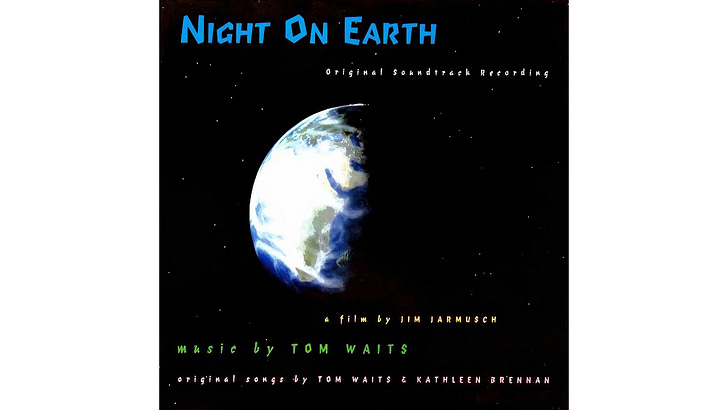Every Tom Waits Song is an email newsletter covering just that, in alphabetical order. Find more info here and sign up to get it sent straight to your inbox:
I thought about combining this with last week’s “Carnival.” But, despite having similar titles and coming off the same soundtrack, they are different pieces of music. So I decided to do it right, even though I realize three weeks of obscure instrumentals named “Carnival” may be testing your patience. Good news: Next week’s entry doesn’t start with “Carnival,” has lyrics, and – best of all – is an all-time classic song.
Like “Carnival (Brunello Del Montalcino),” “Carnival Bob’s Confession” comes from the Night on Earth soundtrack. Confusingly, “Carnival Bob” is not the name of any character in the film. I’m assuming it refers to Tom’s Down By Law buddy Roberto (“Bob”) Benigni, who in the film confesses his lurid sexual history to a priest. It’s so lurid, in fact, that – spoiler alert – the priest has a heart attack at the end. Still not sure where the “Carnival” bit comes from though.
While researching this song though, I found a great little writeup by Clark Suprynowicz, who played bass on the album. He writes about soundtracking this Roberto Benigni vignette:
In 1992 I got a call from Tom Waits. I'd been recommended by my friend Matt Brubeck (Dave's youngest son), who was living in the Bay Area at the time, and had played cello with Waits previously. I sent Tom a recording from a gig I was doing, and he liked it. We played and recorded together for two weeks at Prairie Sun Studios in Petaluma. This became the soundtrack to the Jim Jarmusch film "A Night on Earth," with Winona Ryder and Roberto Benigni, later released on Island Records.
Joe Gore played guitar (and banjo), Matt was on cello, Josef Brinckmann on accordion, and Ralph Carney on a smorgasbord of reeds and brass. Tom played percussion and, as I recall, at least some of his vocals were done live with the band.
At one point after doing a take of a waltz, Waits listened to the playback, then came back into the studio and said to us "Could you make it a limp a little more, boys?" and he pantomimed someone with a clubfoot. On another occasion, he said to Ralph Carney "Sounds good, Ralph, sounds good, but you could you make it a little more antisocial?" So something I learned from the session was the value of directing a band theatrically.
My favorite scene in the film depicts Benigni giving his confession to a bishop he picks up while driving a cab through Rome at midnight. Benigni's confession gets more and more lurid as Benigni drives faster and faster. The Bishop has a heart attack, and Benigni is forced to dispose of the body (this is "Dragging a Dead Priest") We did this the old-fashioned way, playing along in the studio with the projected film.
Bass Player magazine unexpectedly reviewed the soundtrack and said that I "Swaggered" my way through the proceedings, or something like that. I am proud of the fact that the first thing you hear as the film starts is the bowed bass. There are these explosive rhythmic bursts. I threw all my training out the window to get the sound Waits wanted, a kind of Gypsy thing. I pointed out the difference between the way you usually hold the bow, and what I was doing. Waits approved, said "Now you're fisting that bass."


